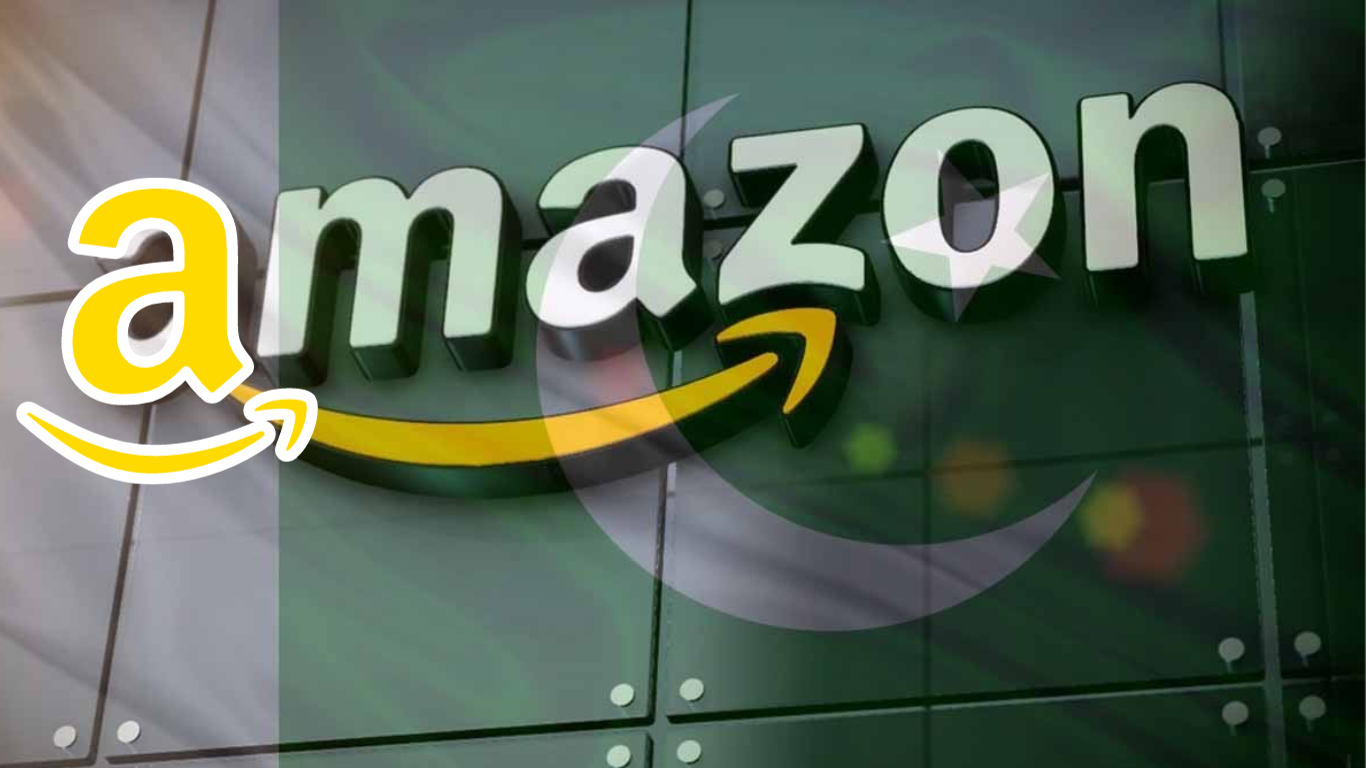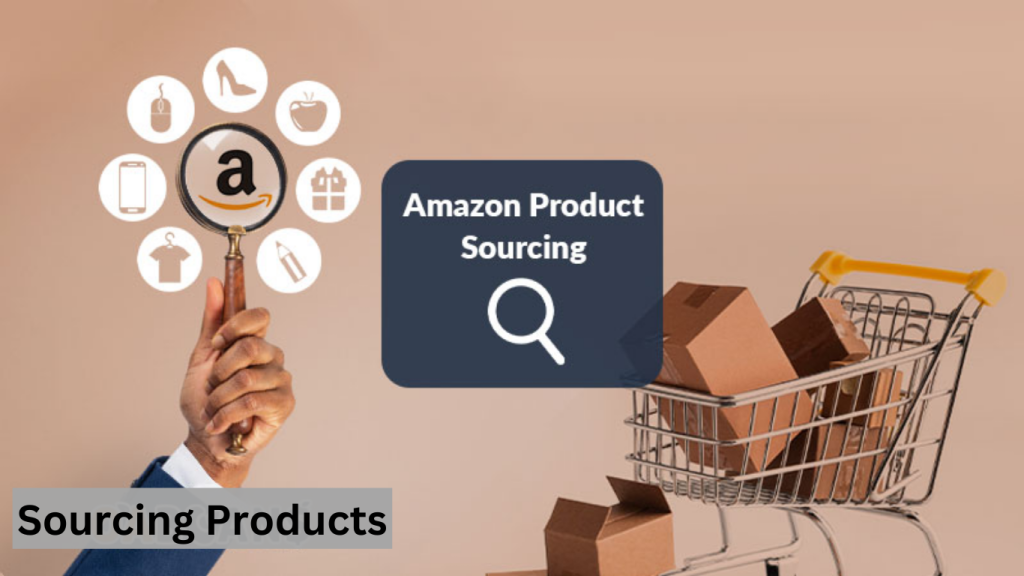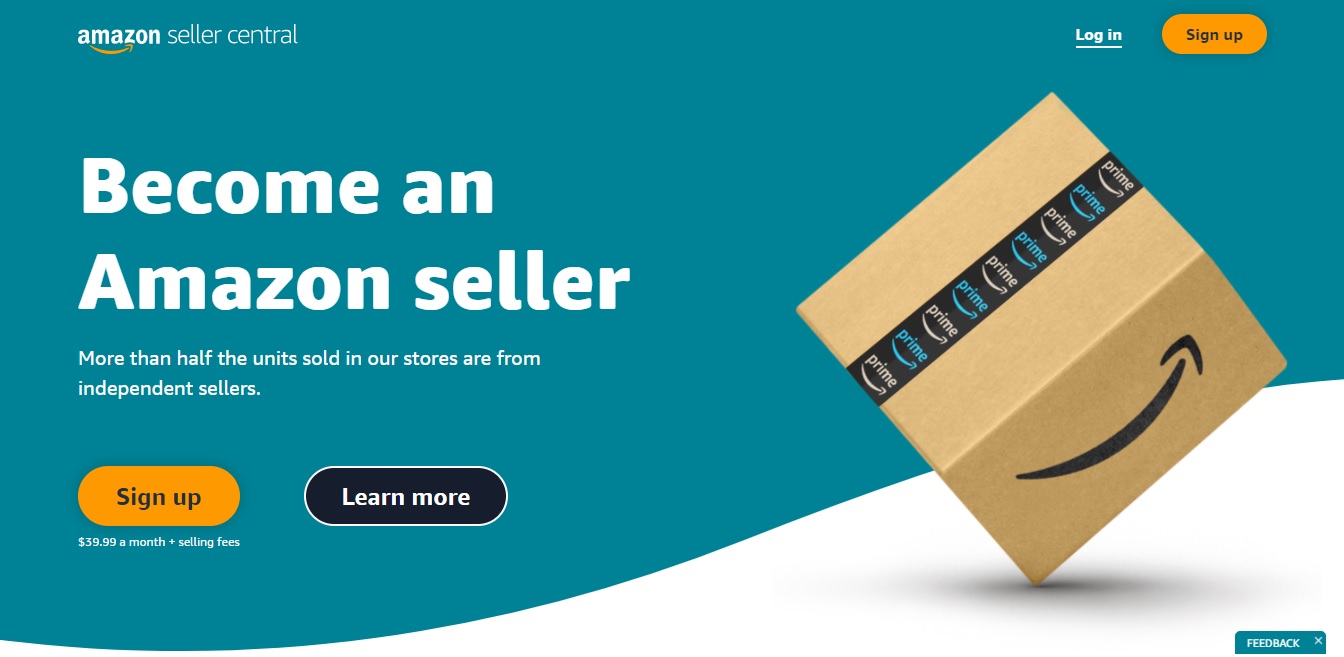
Amazon is an American technology company that is known as one of the most valuable companies in the world. It was founded in the year 1994 and is now one of the largest and most important technology companies in the world with a billion dollar business where all kinds of goods are bought and sold from all over the world.
It should be noted that Amazon, the largest e-commerce website in the world, included Pakistan in its sellers list in the year 2021, which was considered as a welcome news because everyone else was assuming that Pakistani businessmen Individuals will also be able to easily sell Pakistani goods on Amazon.
How to Start Amazon Business in Pakistan
How to Start Amazon Business in Pakistan, you first need to register the company as a Limited Liability Company (LLC) in the United States, which costs approximately $1000 to the agent, which includes registration and agent fees, and after the entire process. A company profile is created on Amazon, while launching a private label requires at least $15,000 to $20,000. Regarding private label, he said that it refers to people who want to sell Pakistani goods on Amazon.
Mahnoor said that people prefer wholesale because in wholesale you pick up the products from the country you want to do business in and then send it to the Amazon warehouse for which you have to pay more. 5 to 8 thousand dollars are required.
He said that there are not so many people doing private label business while there is a good number of people doing wholesale business from Pakistan on Amazon and this is the reason why there is a need to get Pakistani products to other countries. It is a long process that requires not only time but also money and separate taxes.

Market Research and Analysis
It’s important to comprehend Pakistan’s e-commerce market before entering the Amazon marketplace To evaluate the potential of your Amazon business, examine local markets, consumer behaviors, and the fast-paced digital transformation.
Audience and Niche Research
Identify your Amazon market niche and target audience. Conduct market research to find the most popular items and to comprehend the tastes, statistics, and buying trends of your target clients.
Analyzing Competition and Demand
Assess how competitive the products you want to sell on Amazon To find market gaps and opportunities, research market demand for these items high selling Amazon resources and outside research..
Business Registration and Licensing
In accordance with Pakistani legal requirements, register your business. This includes acquiring the required licenses and permits in order to conduct business legally. Make sure your company’s organization complies with Amazon’s seller account criteria.
Taxation and Import/Export Regulations
Follow tax regulations such as those relating to income and sales taxes. To make international shipping easier, be knowledgeable about import and export policies. By doing this, you can sell on Amazon with worrying about legal issues.

Sourcing Products
Identifying Sourcing Options
To find products for your Amazon business, explore multiple sourcing options such as Alibaba manufacturing, wholesaler or dropshipping. Pick a strategy that fits with your budget and business plan.
Evaluating Product Suppliers
Take careful when select suppliers to guarantee the dependability and quality of the product. Build trusting relationships with suppliers to ensure an ongoing supply of products.
Inventory Management
To make simple your processes, implement effective inventory management systems and logistics. To satisfy Amazon’s fulfillment criteria, think about your choices for order fulfillment and warehousing.

Creating an Amazon Seller Account
Create a seller account on Amazon through choosing between the Individual or Professional plan. For account creation and verification, go to Amazon’s guidelines.
Set up Payment Methods Set up your seller account’s payment options to ensure a smooth transfer of payments and transaction processing on the Amazon platform.
Product Listing and Optimization
Creating attractive Product Listings Make attractive and informative product lists to draw in potential customers. Highlight the main qualities, advantages, and differentiators of your products.
Product title, description, and image optimization: To increase search visibility and click-through rates, optimize the names, descriptions, and photos of your products. To draw customers, use relevant keywords and attractive pictures.
Develop competitive pricing strategies that take into account elements such as product cost, fees, and market demand. To remain competitive, keep an eye on pricing trends and make necessary adjustments.
Fulfillment and Shipping
Select Fulfillment Method (FBA or FBM)
Based on the needs of the business, a cost analysis, and your concerns resources, choose between Fulfillment by Amazon (FBA) and Fulfillment by Merchant (FBM).
Managing order processing and shipment
To adhere to Amazon’s shipping deadlines, effectively handle order processing, packaging, and shipping. Deliver orders promptly to guarantee a flawless client experience.
Dealing with Returns and Customer Service
Clearly explain your return policy, and handle client inquiries in a timely and kind manner. Maintain a positive seller reputation by handling returns and consumer complaints.

Marketing and Promotion
Building a Marketing Strategy Create a thorough marketing plan that promotes your Amazon products using both free and paid channels. To reach a larger audience, make use of resources like Amazon Sponsored Products and outside advertising channels.
PPC Advertising on Amazon
Use Amazon Pay-Per-Click (PPC) advertising campaigns to improve the visibility of your products on Amazon’s marketplace. Ad campaigns can be improved using performance information.
Customer Reviews and Feedback Following up on and answering customer feedback: Keep an eye on customer reviews on a regular basis and answer quickly to questions and reviews. Improve your seller reputation by offering top-notch customer service.
Financial Management
Tracking Revenue and Expenses Keep detailed financial records that include revenue and spending tracking. Use accounting tools or software to efficiently manage your finances.
Financial and Budgeting Planning
Create a budget and financial plan that takes recurring costs, investments, and projected growth into account. Set financial objectives and make contingency plans.
Managing Cash Flow
By connecting your payment dates with Amazon’s distribution processes, you can maintain a healthy cash flow. Make sure you have enough money to fund the affairs of your business.
Scaling and Expansion Increasing Product Offerings: Investigate ways to improve sales by expanding your product offering to a larger market. Examine the viability of introducing similar or complementary items.

Entering Global Markets: Take into account extending your Amazon business to global marketplaces. Investigate the needs, rivalry, and demand in the target nations.
Delegation and Outsourcing: As your company expands, think about hiring specialists or virtual assistants to handle particular responsibilities, such as marketing, inventory control, or customer care.
How to Reduce Risks and Get Around Obstacles Create backup plans and risk-reduction techniques to handle difficulties before they arise. Remain flexible and prepared to change course when
Conclusion
Key Steps to Launch an How to Start Amazon Business in Pakistan, Summing Up Give a quick overview of the necessary processes to launch and run an Amazon business in Pakistan. Be sure to emphasize the value of planning, research, and flexibility.
Optimism and Closing Thoughts for Potential Pakistani Amazon Sellers Encourage aspiring Pakistani Amazon merchants by emphasizing the potential
VOICEUP PAKISTAN
Breaking News from Pakistan And Around The Globe!


